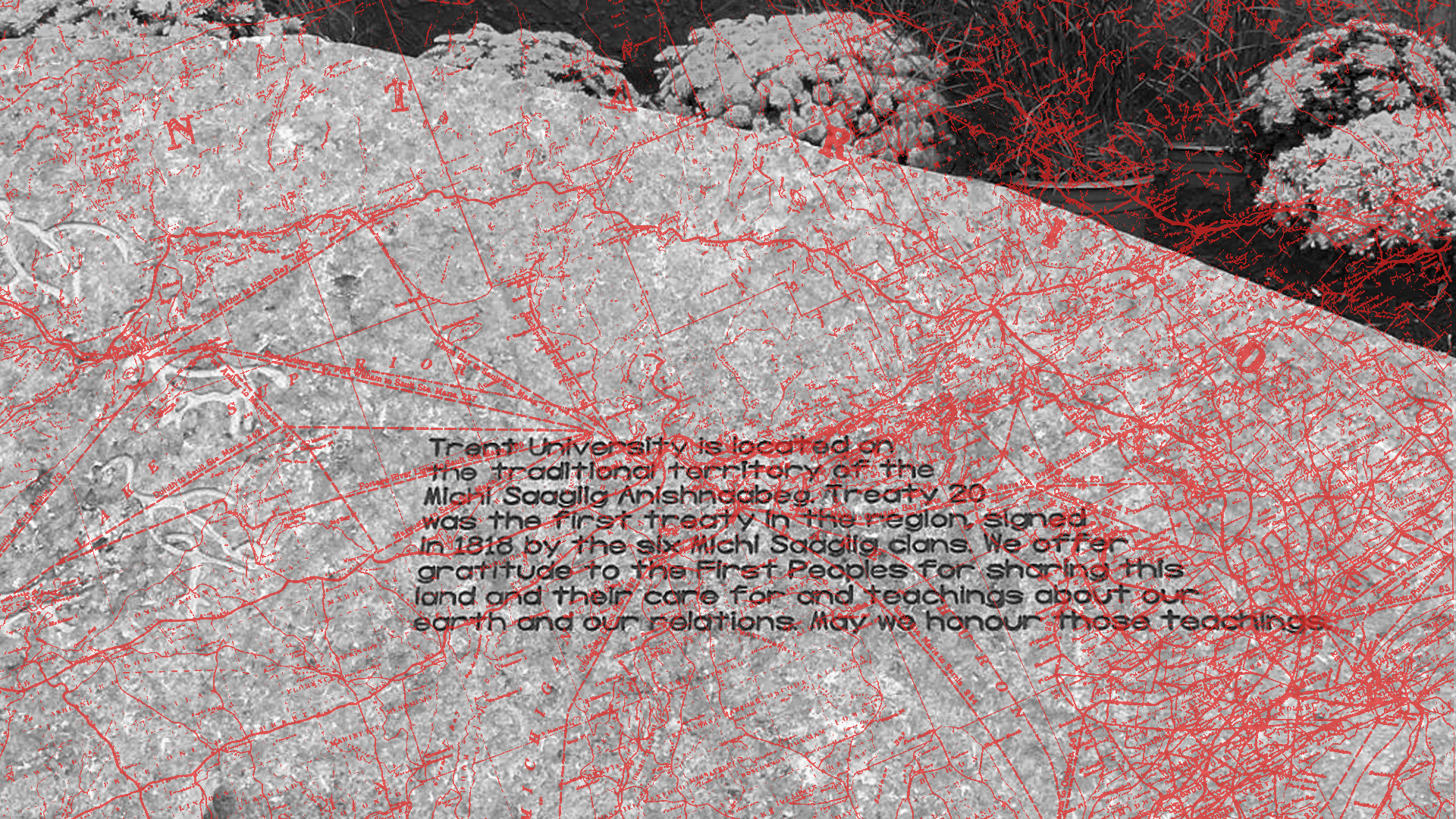Massive action and solidarity has been witnessed across Canada in the fight for more fair and equitable compensations for post-secondary workers, articulating issues revolving around job security and education quality, among others, by union workers, staff associations and students alike.
While writing this article, I stumbled across a post by Scholars At Risk (SAR) about the issue of academic freedom. In their post, they pointed out that academic freedom is “related to due process, natural justice and employment security.” From Ontario to Alberta, labour strikes throughout Canada have consisted of calls for better wages, greater benefits, as well as faculty concerns regarding workload, job insecurity, equity and the lack of support and resources from administration - meaning that academic freedoms have been steadily threatened.
Strikes in colleges and universities have become a prevailing issue in the last couple of years. The COVID-19 pandemic has exposed, intensified and even brought about unique challenges faced by faculty and students. Among the transition to remote learning and the sudden shutdown of campuses, labs and libraries, many academic professionals were drowned by a wave of uncertainty and concerns regarding the long-term impacts of the pandemic.
The Canadian Association of Teachers (CAUT), an association representing 72,000 teachers, researchers, librarians and other academic professionals across Canada, conducted a survey of its members to better understand the impact of this health crisis in both their personal and professional lives. With over 4,300 members completing the survey, CAUT was able to outline several challenges and concerns surrounding academic staff. Top concerns included remote teaching, workload, health and safety, and job security. The survey also uncovered that many academics felt left out of decision-making processes and how job insecurity was exacerbated - especially among part time workers - with more than 1/3 fearing layoffs in the next 12 months.
The study also highlighted how these changes and adjustments have disproportionately impacted women, Indigenous and racialized staff. With work being reduced or eliminated for about 1 in 10 academic staff, women and racialized staff are more likely to be working less - or not working at all - as they are more likely to find themselves represented among part-time staff or because they are more likely to be taking care of dependents.
Unsatisfied, overworked and underpaid university employees and faculty members have declared that enough is enough as they step out of classrooms and onto the streets to rightfully express their discontent and desire for re-examined employment contracts.
In 2021, with labour disputes taking place at three Alberta public universities, a fourth rather unprecedented university joined the domino-effect. It was Edmonton’s Concordia University, a private university which became the first in Alberta’s history to walk off the job in a legal strike. The strike was composed of full-time professors, librarians, and other academic employees of Concordia University of Edmonton. The university’s faculty association filed a legal strike last year on Dec. 22.
In Manitoba, the University of Manitoba Faculty Association (UMFA), a group which represents over 1,200 professors, instructors and librarians at the university, went on strike on Nov. 2 asking for higher wages in order to “alleviate retention and recruitment problems at the school.” With low faculty, substandard staff wages, as well as little to no staff input into the college governance and decision-making, at 35 days, CBC expresses, this became the longest strike in the union’s history. After a five-week long strike, faculty members accepted a deal with the university. The settlement also involved changes that would ensure that those UMFA members who were most precariously employed and earning the lowest wages would be paid fairly.
Ontario itself is not a stranger to post-secondary labour strikes.
During the 2017-2018 academic year, Ontario became the epicenter of two major strikes which, to a great extent, crippled academic activities resulting in psychological, financial and educational implications on students in many Ontario colleges and York University. After 142 days and being named the longest ever strike at a Canadian post-secondary institution, York’s protest changed life at the university. After a back-to-work legislation was issued, the government was given the power to fine members of CUPE $2,000 each day and fined the Union $25,000 for each day it continued to strike, forcing union members back to work without an agreement being reached.
Three years later, post-secondary labour strikes continue to take a toll on students and faculty alike, exposing the increasing need for systemic change in academia governance and employee recognition. Amidst COVID, institutions, faculty and students have been victims of the traumatic and unprecedented pandemic and the toll it’s taken on their lives, jobs and education. Yet, despite health and safety concerns that might arise from strikes, widespread labour actions persist. This demonstrates the severe inadequacy and inequality of universities’ labour relations, as well as the government's ghastly management of funding, resources and legislations.
In April 2021, over 150 faculty members, staff and students at Laurentian University in Greater Sudbury, Ontario to took the streets after suffering massive cuts to university staff and programs. With years of eroding public funding and incautious administrative decisions, the University sought creditor protection earlier that year. In response to the funding cuts, protests were held in Kingston, Toronto, Ottawa and Montreal.
More currently, simmering tensions at Ontario Institute of Technology have been rising as the University’s Faculty Association (UOITFA) has been pressuring the Ontario Tech administration for a fair collective agreement that ensures a "respectful, equitable and transparent working environment." With its inception in 2021, after seven months of intense bargaining the administration still “refuses to meaningfully address” faculty concerns around these issues, as expressed in UOITFA’s website.
Just like the province and its fellow institutions, Trent is well acquainted with labour unrest.
In 2020, hundreds of part-time instructors, teachers, grade markers, lab assistants, academic counsellors, among others, took part in strike action to negotiate improved job security and access to benefits. Over 537 part-time instructors, ranging from teachers and laboratory assistants to grade markers and academic counsellors, are represented by CUPE 3908 Unit 1 in the Canadian Union of Public Employees. The union claimed how these contract workers are laid off and must reapply every four months given they are hired on a course-to-course basis. And yet, according to the committee, hours of negotiations over improved job security with the University "proved fruitless."
As the pandemic continues on into the new year with the surge of the Omicron variant, the voices of Ontario university faculty and staff continue to be disregarded by university administrators. This is not only evident in the case of Ontario Tech, but has become the reality of many other post-secondary institutions across Canada as they continue to fight against precarious employment, increased workload and now, health and safety concerns as we prepare to return to in-person learning.
“COVID-19 represents a real and substantial threat to those working and studying at Ontario’s universities,” said Sue Wurtele, President of the Ontario Confederation of University Faculty Associations (OCUFA), “University administrations should only be proceeding with a return to in-person learning if campus unions and health and safety committees are part of developing these plans. Faculty and academic librarians are tired of having their health and safety taken for granted and ignored. They are tired of shortsighted government and university plans that ignore the reality of this pandemic. The constant pivoting is exhausting.”
The pandemic however, will not be the sole cause of this rise in labour tensions. In 2019, Doug Ford government’s funding plan for post-secondary institutions involved a performance-based approach that will tie 60 per cent (over $3 billion dollars) of post-secondary funding to each institution’s “performance” against a set of seemingly arbitrary metrics. Described as "reckless" and "alarming" by Ontario Universities and College Coalitions (OUCC) this new shift to post-secondary education funding also includes cuts of over $400 million to college and university budgets, cuts of almost $700 million to student financial assistance, and cuts to the democratically determined student fees that allow students’ unions to advocate on behalf of, and provide vital support to, their members. In 2020, the Ontario government, which already provides the lowest postsecondary per-student funding in Canada, decided to move ahead with the concerning new funding strategy, however has decided to delay its implementation for another two years as "schools deal with the impacts of the pandemic."


.png)

.jpg)





.jpg)


.jpg)






.png)




.png)